-
 Bitcoin
Bitcoin $106,754.6083
1.33% -
 Ethereum
Ethereum $2,625.8249
3.80% -
 Tether USDt
Tether USDt $1.0001
-0.03% -
 XRP
XRP $2.1891
1.67% -
 BNB
BNB $654.5220
0.66% -
 Solana
Solana $156.9428
7.28% -
 USDC
USDC $0.9998
0.00% -
 Dogecoin
Dogecoin $0.1780
1.14% -
 TRON
TRON $0.2706
-0.16% -
 Cardano
Cardano $0.6470
2.77% -
 Hyperliquid
Hyperliquid $44.6467
10.24% -
 Sui
Sui $3.1128
3.86% -
 Bitcoin Cash
Bitcoin Cash $455.7646
3.00% -
 Chainlink
Chainlink $13.6858
4.08% -
 UNUS SED LEO
UNUS SED LEO $9.2682
0.21% -
 Avalanche
Avalanche $19.7433
3.79% -
 Stellar
Stellar $0.2616
1.64% -
 Toncoin
Toncoin $3.0222
2.19% -
 Shiba Inu
Shiba Inu $0.0...01220
1.49% -
 Hedera
Hedera $0.1580
2.75% -
 Litecoin
Litecoin $87.4964
2.29% -
 Polkadot
Polkadot $3.8958
3.05% -
 Ethena USDe
Ethena USDe $1.0000
-0.04% -
 Monero
Monero $317.2263
0.26% -
 Bitget Token
Bitget Token $4.5985
1.68% -
 Dai
Dai $0.9999
0.00% -
 Pepe
Pepe $0.0...01140
2.44% -
 Uniswap
Uniswap $7.6065
5.29% -
 Pi
Pi $0.6042
-2.00% -
 Aave
Aave $289.6343
6.02%
How to add RSK network in MetaMask?
Manually add RSK to MetaMask by configuring its network settings; precisely inputting the RPC URL, Chain ID (30), and currency symbol (RBTC) is crucial for accessing the RSK mainnet or testnets securely. Verify all parameters from trusted sources.
Mar 11, 2025 at 09:55 pm
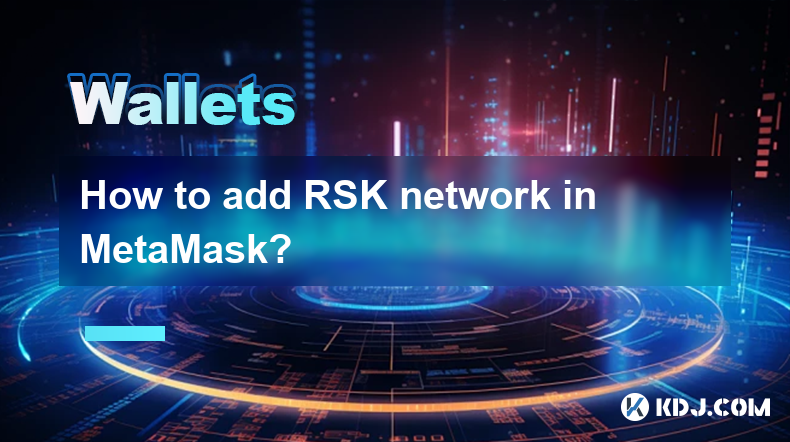
Key Points:
- Adding the RSK network to MetaMask requires manually configuring the network parameters within MetaMask's settings.
- Correctly inputting the RPC URL, Chain ID, Currency Symbol, Block Explorer URL, and other details is crucial for seamless interaction with the RSK network.
- Understanding the differences between RSK mainnet and testnets is important for choosing the correct network settings.
- Security best practices, such as verifying the source of network parameters, should always be followed.
How to Add RSK Network in MetaMask
MetaMask, a popular Ethereum wallet, doesn't automatically include the RSK network. To use RSK, you must manually add it. This process involves configuring the network settings within your MetaMask wallet. Incorrectly configured settings can prevent you from interacting with the RSK blockchain, so careful attention to detail is essential.
Step-by-Step Guide to Adding RSK Mainnet to MetaMask:
- Open MetaMask: Launch the MetaMask extension in your browser.
- Access Network Settings: Click on the network dropdown in the top right corner of your MetaMask interface. You'll typically see "Main Ethereum Network" selected.
- Add Network: Select "Add Network." This opens a form where you'll input the RSK network parameters.
Input Network Details: You will need the following information, which can be found on the official RSK website:
- Network Name: RSK Mainnet
- New RPC URL: (e.g.,
https://public-node.rsk.co) Always verify the source of this URL. - Chain ID: 30
- Currency Symbol: RBTC
- Block Explorer URL: (e.g.,
https://explorer.rsk.co)
- Save Changes: After entering all the details, click "Save." MetaMask will now recognize the RSK Mainnet. You should see "RSK Mainnet" as an option in your network dropdown.
Adding RSK Testnets to MetaMask:
The process for adding RSK testnets (like RSK Testnet) is similar. However, you'll need different network parameters. These parameters are also available on the official RSK documentation or community forums. Always double-check the accuracy of these parameters before adding them to your MetaMask wallet. Using incorrect parameters on a testnet may not cause immediate harm, but it will prevent you from interacting with the testnet correctly. It is crucial to use the correct testnet for any development or testing purposes.
Choosing Between RSK Mainnet and Testnets:
The RSK Mainnet is the live, production blockchain where real RBTC transactions occur. Testnets, on the other hand, are copies of the mainnet used for testing and development without risking real funds. Choose the RSK Mainnet only if you intend to interact with the live network. Use a testnet for experimenting with dApps or smart contracts without risking your cryptocurrency.
Security Considerations:
Only use RPC URLs and other parameters from trusted sources, such as the official RSK website or reputable community channels. Avoid using URLs from unknown or untrusted websites, as they may contain malicious code. Always double-check the information you enter to ensure accuracy. A single incorrect character can prevent the network from working correctly.
Troubleshooting Common Issues:
If you encounter problems after adding the RSK network, double-check that you've accurately entered all the network parameters. Ensure that your MetaMask is up-to-date and that your internet connection is stable. If the issue persists, consult the official RSK documentation or reach out to the RSK community for assistance.
Frequently Asked Questions:
Q: What is RSK?
A: RSK is a sidechain that enhances the scalability and functionality of the Bitcoin network, allowing for the execution of smart contracts and decentralized applications (dApps). It achieves this while maintaining Bitcoin's security.
Q: What is RBTC?
A: RBTC is the native cryptocurrency of the RSK network. It is pegged to Bitcoin (BTC) at a 1:1 ratio, meaning 1 RBTC is equivalent to 1 BTC.
Q: Why would I use RSK instead of directly interacting with Bitcoin?
A: RSK allows for the creation and deployment of smart contracts and dApps, functionalities not directly available on the Bitcoin blockchain. This opens up new possibilities for decentralized applications and financial innovations built on top of Bitcoin's security.
Q: Is it safe to add a custom network to MetaMask?
A: It is generally safe to add a custom network like RSK to MetaMask as long as you obtain the network parameters from trusted sources and carefully verify the information before adding it. Always exercise caution and prioritize security best practices.
Q: What happens if I enter incorrect network parameters?
A: Entering incorrect network parameters will prevent you from connecting to the RSK network correctly. You won't be able to send or receive RBTC, interact with dApps, or view your balance on the RSK blockchain.
Q: Can I use the same MetaMask account for both Ethereum and RSK?
A: Yes, you can use the same MetaMask account to interact with both the Ethereum and RSK networks. Simply switch between the networks using the network dropdown in MetaMask. Your private keys remain the same, securing both your ETH and RBTC assets.
Q: Where can I find more information about RSK?
A: The official RSK website and community forums are excellent resources for finding more information about the RSK network, its technology, and its ecosystem. They provide comprehensive documentation, tutorials, and support channels.
Disclaimer:info@kdj.com
The information provided is not trading advice. kdj.com does not assume any responsibility for any investments made based on the information provided in this article. Cryptocurrencies are highly volatile and it is highly recommended that you invest with caution after thorough research!
If you believe that the content used on this website infringes your copyright, please contact us immediately (info@kdj.com) and we will delete it promptly.
- 2025-W Uncirculated American Gold Eagle and Dr. Vera Rubin Quarter Mark New Products
- 2025-06-13 06:25:13
- Ruvi AI (RVU) Leverages Blockchain and Artificial Intelligence to Disrupt Marketing, Entertainment, and Finance
- 2025-06-13 07:05:12
- H100 Group AB Raises 101 Million SEK (Approximately $10.6 Million) to Bolster Bitcoin Reserves
- 2025-06-13 06:25:13
- Galaxy Digital CEO Mike Novogratz Says Bitcoin Will Replace Gold and Go to $1,000,000
- 2025-06-13 06:45:13
- Trust Wallet Token (TWT) Price Drops 5.7% as RWA Integration Plans Ignite Excitement
- 2025-06-13 06:45:13
- Ethereum (ETH) Is in the Second Phase of a Three-Stage Market Cycle
- 2025-06-13 07:25:13
Related knowledge
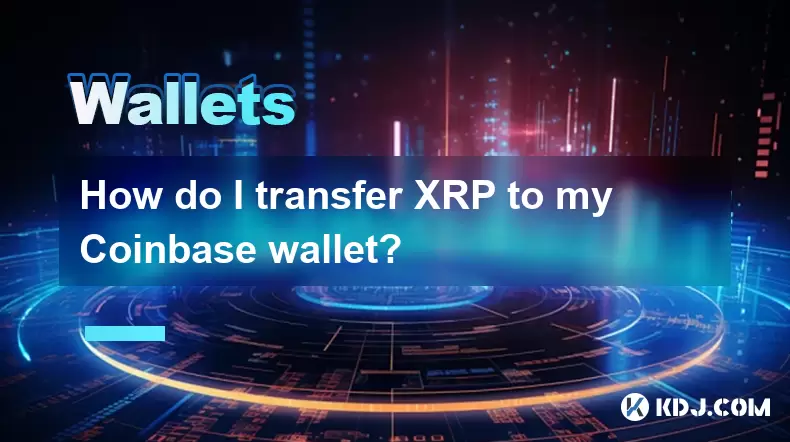
How do I transfer XRP to my Coinbase wallet?
Jun 16,2025 at 04:57pm
Understanding the Basics of XRP and Coinbase CompatibilityBefore initiating any transfer, it’s essential to confirm whether Coinbase supports XRP. As of recent updates, Coinbase has resumed offering XRP trading services on its platform after a period of uncertainty due to legal issues involving Ripple Labs. However, availability may vary depending on yo...

How do I deposit BNB into my Trust Wallet?
Jun 15,2025 at 03:56pm
Understanding BNB and Trust Wallet CompatibilityBefore initiating a deposit, it’s crucial to understand what BNB is and how it interacts with Trust Wallet. BNB (Binance Coin) is a utility token created by the Binance exchange. It can be used for paying transaction fees, participating in token sales, and more. Trust Wallet, on the other hand, is a mobile...
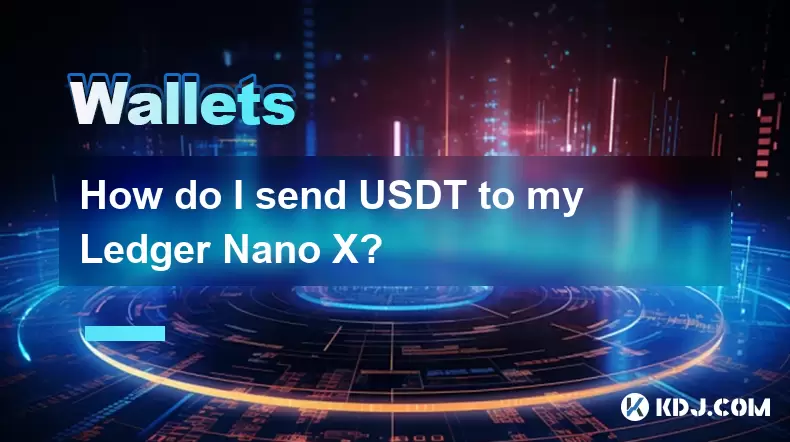
How do I send USDT to my Ledger Nano X?
Jun 15,2025 at 06:28am
What is USDT and Why Use Ledger Nano X?USDT, also known as Tether, is one of the most widely used stablecoins in the cryptocurrency ecosystem. It operates on various blockchain networks such as Ethereum (ERC-20), Tron (TRC-20), and others, offering users a digital asset pegged 1:1 to the US dollar. When it comes to storing USDT securely, hardware wallet...
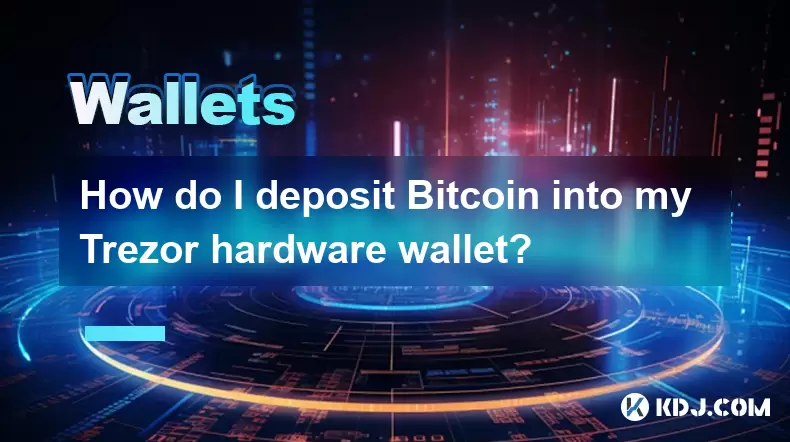
How do I deposit Bitcoin into my Trezor hardware wallet?
Jun 14,2025 at 12:29pm
What is a Trezor Hardware Wallet?A Trezor hardware wallet is a secure device designed to store cryptocurrencies offline, protecting them from online threats. Unlike software wallets, which are vulnerable to hacking and malware, Trezor stores private keys on the physical device itself. This ensures that transactions can only be approved by physically int...
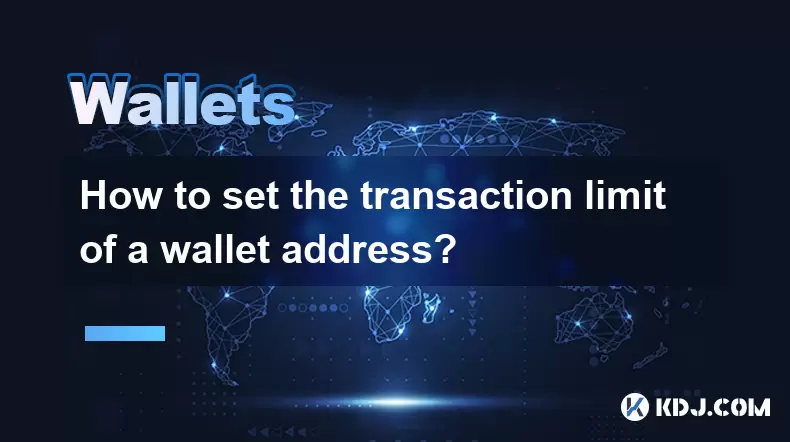
How to set the transaction limit of a wallet address?
Jun 16,2025 at 04:08am
Understanding the Concept of Transaction Limits in Cryptocurrency WalletsIn the cryptocurrency ecosystem, transaction limits refer to predefined restrictions placed on the amount of digital assets that can be sent or received by a wallet address within a specified timeframe. These limits are typically enforced by platforms such as exchanges, custodial w...
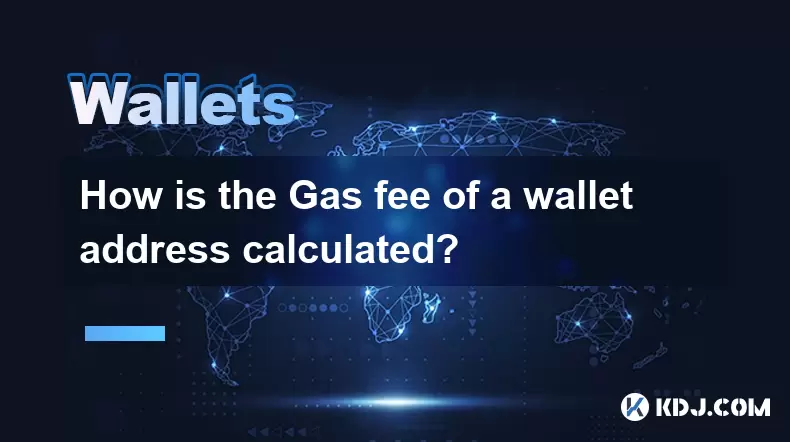
How is the Gas fee of a wallet address calculated?
Jun 14,2025 at 07:57pm
Understanding the Basics of Gas Fees in Blockchain TransactionsIn the cryptocurrency ecosystem, particularly within Ethereum-based networks, a Gas fee is an essential component of executing transactions or smart contract operations. The Gas fee serves as compensation for miners or validators who process and confirm transactions on the blockchain. It is ...

How do I transfer XRP to my Coinbase wallet?
Jun 16,2025 at 04:57pm
Understanding the Basics of XRP and Coinbase CompatibilityBefore initiating any transfer, it’s essential to confirm whether Coinbase supports XRP. As of recent updates, Coinbase has resumed offering XRP trading services on its platform after a period of uncertainty due to legal issues involving Ripple Labs. However, availability may vary depending on yo...

How do I deposit BNB into my Trust Wallet?
Jun 15,2025 at 03:56pm
Understanding BNB and Trust Wallet CompatibilityBefore initiating a deposit, it’s crucial to understand what BNB is and how it interacts with Trust Wallet. BNB (Binance Coin) is a utility token created by the Binance exchange. It can be used for paying transaction fees, participating in token sales, and more. Trust Wallet, on the other hand, is a mobile...

How do I send USDT to my Ledger Nano X?
Jun 15,2025 at 06:28am
What is USDT and Why Use Ledger Nano X?USDT, also known as Tether, is one of the most widely used stablecoins in the cryptocurrency ecosystem. It operates on various blockchain networks such as Ethereum (ERC-20), Tron (TRC-20), and others, offering users a digital asset pegged 1:1 to the US dollar. When it comes to storing USDT securely, hardware wallet...

How do I deposit Bitcoin into my Trezor hardware wallet?
Jun 14,2025 at 12:29pm
What is a Trezor Hardware Wallet?A Trezor hardware wallet is a secure device designed to store cryptocurrencies offline, protecting them from online threats. Unlike software wallets, which are vulnerable to hacking and malware, Trezor stores private keys on the physical device itself. This ensures that transactions can only be approved by physically int...

How to set the transaction limit of a wallet address?
Jun 16,2025 at 04:08am
Understanding the Concept of Transaction Limits in Cryptocurrency WalletsIn the cryptocurrency ecosystem, transaction limits refer to predefined restrictions placed on the amount of digital assets that can be sent or received by a wallet address within a specified timeframe. These limits are typically enforced by platforms such as exchanges, custodial w...

How is the Gas fee of a wallet address calculated?
Jun 14,2025 at 07:57pm
Understanding the Basics of Gas Fees in Blockchain TransactionsIn the cryptocurrency ecosystem, particularly within Ethereum-based networks, a Gas fee is an essential component of executing transactions or smart contract operations. The Gas fee serves as compensation for miners or validators who process and confirm transactions on the blockchain. It is ...
See all articles

























































































